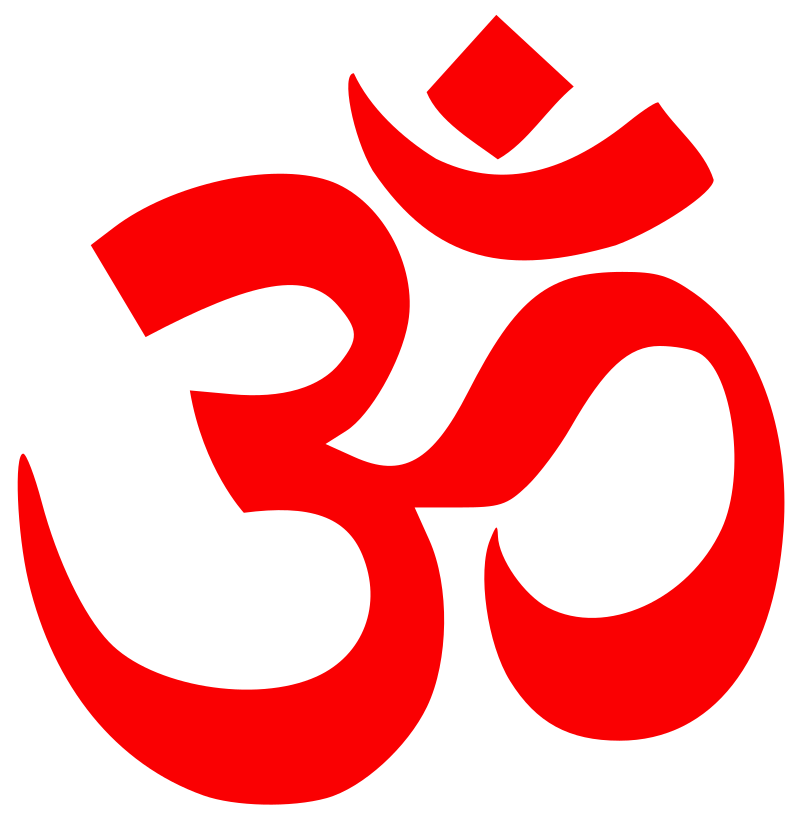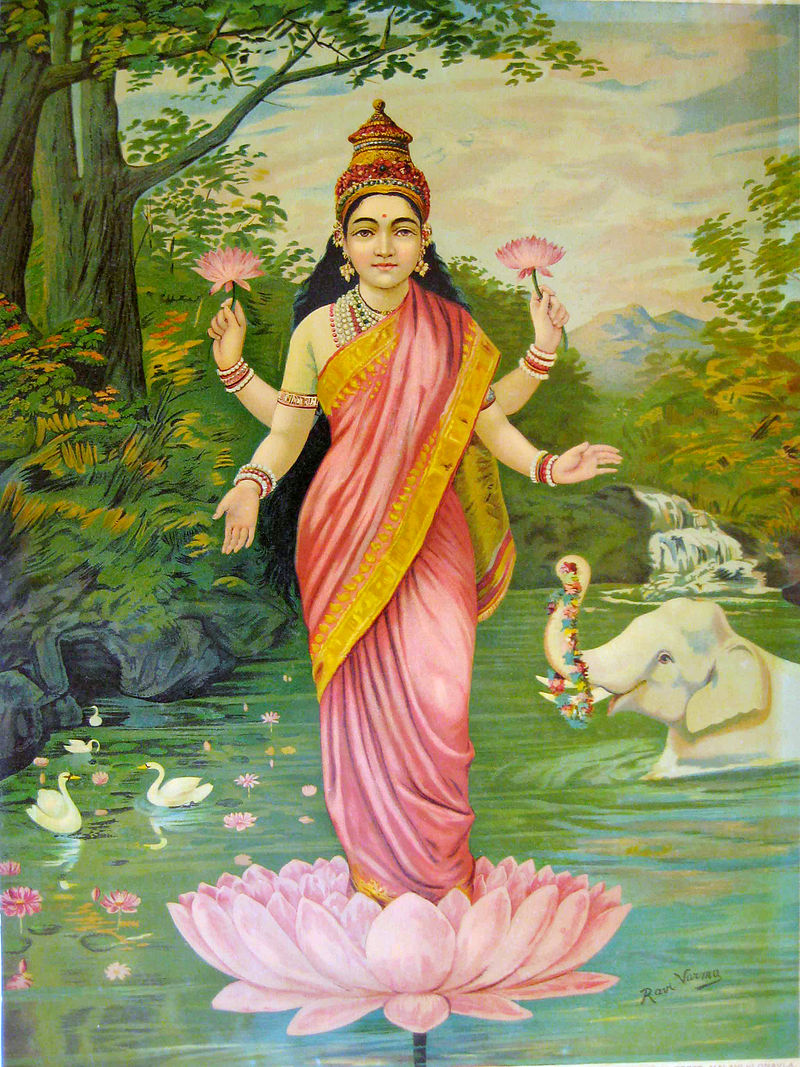London, a
city steeped in history, culture, and refinement, offers its visitors an
experience of unparalleled sophistication. Yet, even the most illustrious of
cities presents certain challenges that require prudence and precaution. For
the traveller of discerning taste, ensuring one's safety while enjoying the
splendours of this magnificent metropolis is paramount. Below, I present a
detailed treatise on the art of safe travel in London, ensuring both elegance
and security.
1. Understanding the City’s Layout
London is
vast, with its labyrinthine streets, hidden mews, and sprawling parks.
Familiarising oneself with the city's geography is of utmost importance. Key
areas such as Kensington, Chelsea, Mayfair, and Westminster are known for their
opulence and safety. However, more eclectic boroughs like Camden or Shoreditch,
though delightful for their artistic vibrancy, may demand a heightened sense of
awareness, particularly after twilight. Invest time in studying a map and
acquaint yourself with the different neighbourhoods, noting any areas that have
been reported as potentially precarious.
2. Navigating Public Transport with Grace
London’s
public transport system, whether the renowned Underground or the iconic
double-decker buses, is a marvel of efficiency. However, as with any large
transport network, it attracts a variety of individuals. For those who seek to
travel with both decorum and safety, consider the following:
- Avoidance of Overcrowded Carriages: During peak hours,
especially early mornings and late afternoons, the Underground can become
rather crowded. If at all possible, adjust your travel times to avoid
these moments of congestion. Should you find yourself in such a situation,
keep personal belongings close to your person, preferably in a securely
fastened bag.
- Black Cabs vs. Ride-Hailing
Services:
While services such as Uber have made their way into London, the
traditional black cab offers not only a quintessentially British experience
but also the assurance of a highly trained driver. Should you choose a
ride-hailing service, always verify the vehicle’s details before entering.
3. The Art of Blending In
London,
with its cosmopolitan flair, is home to people from all walks of life. The key
to remaining safe, particularly in more bustling or unfamiliar areas, lies in
the art of blending in. This is not to say one must forgo one’s sense of style
or grace, but rather that ostentatious displays of wealth or conspicuous
behaviour may attract undue attention.
- Dress Elegantly but Subtly: Opt for timeless classics
in attire—well-tailored garments in neutral tones convey sophistication
without drawing unnecessary attention.
- Maintain Composure: Confidence is a
traveller’s best armour. Walk with purpose, as though you are entirely
familiar with your surroundings. Should you require directions, consult a
discreet map or app on your mobile device rather than appearing lost or
vulnerable.
4. Precautions in Public Spaces
London’s
parks, squares, and open spaces provide a tranquil respite from the urban
hustle. However, it is essential to remain vigilant in even the most serene
environments.
- Keep Personal Items Secure: Whether enjoying an
afternoon tea in Hyde Park or browsing the stalls at Borough Market,
always ensure your belongings are secure. Cross-body bags or those with
zippers are recommended. Never leave items unattended, even for a brief
moment.
- Be Wary of Distractions: London’s street
performers, while entertaining, can sometimes be used as distractions by
opportunistic individuals. Keep an eye on your belongings when watching a
performance or participating in any public spectacle.
5. Dining and Socialising with Care
London
boasts a world-renowned culinary scene, and no visit would be complete without
sampling its offerings. However, as with all vibrant cities, one must exercise
discretion when dining out or enjoying the nightlife.
- Reservations in Esteemed
Establishments:
While the allure of spontaneous dining may tempt some, it is always wise
to make reservations at reputable establishments. Not only does this
ensure a table, but it also guarantees a safer and more refined dining
experience.
- Alcohol Consumption: Should you partake in
London’s renowned pubs or bars, exercise moderation. Know your limits and
never accept drinks from strangers. It is always preferable to stay in
control, especially when navigating unfamiliar surroundings.
6. Utilising Modern Technology
In this
age of digital advancement, one has a multitude of tools at their disposal to
enhance safety. The discerning traveller would do well to make use of these
innovations.
- Location Sharing: Most smartphones now offer
the ability to share your location with trusted individuals. This feature
can prove invaluable, particularly when venturing into lesser-known areas.
- Trusted Apps: Download apps that provide
real-time updates on transport, traffic, and even areas to avoid due to
safety concerns. The Transport for London (TfL) app is an excellent
resource for keeping abreast of any disruptions in service or planned
closures.
7. Emergency Protocols
Despite
the best-laid plans, emergencies can arise. In such cases, it is imperative to
remain composed and well-prepared.
- Emergency Numbers: The emergency services
number in London is 999. For non-emergencies, such as reporting a theft,
101 is the appropriate number. Keep these numbers saved in your phone and
ensure you know how to access them quickly.
- Health and Wellbeing: Should you require medical assistance, the NHS offers free emergency treatment. Private healthcare options, though available, may necessitate prior travel insurance arrangements.
London
is, without a doubt, one of the most remarkable cities in the world, offering a
myriad of experiences for the refined traveller. However, as with all great
urban centres, a certain level of vigilance is necessary. By blending elegance
with caution, and employing a judicious use of modern technology, one can
navigate this splendid city with both grace and safety. May your travels
through London be not only enjoyable but also secure.

















